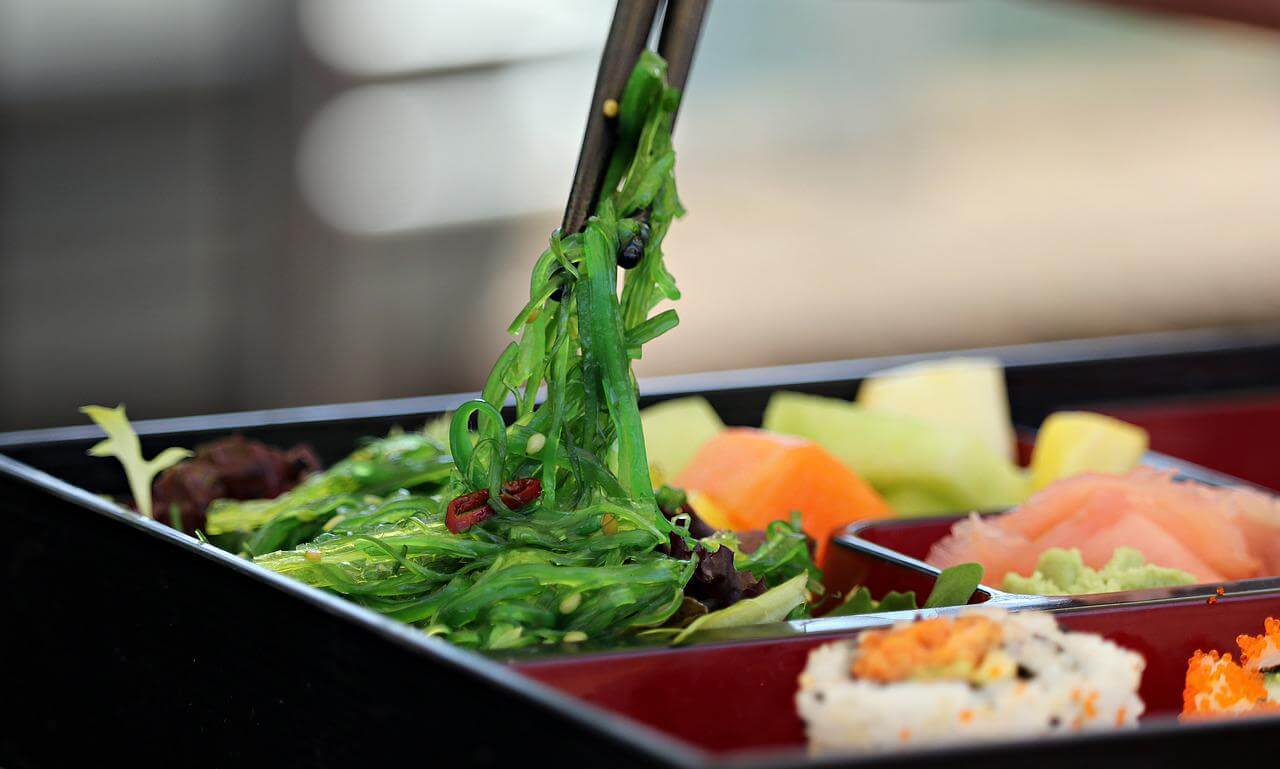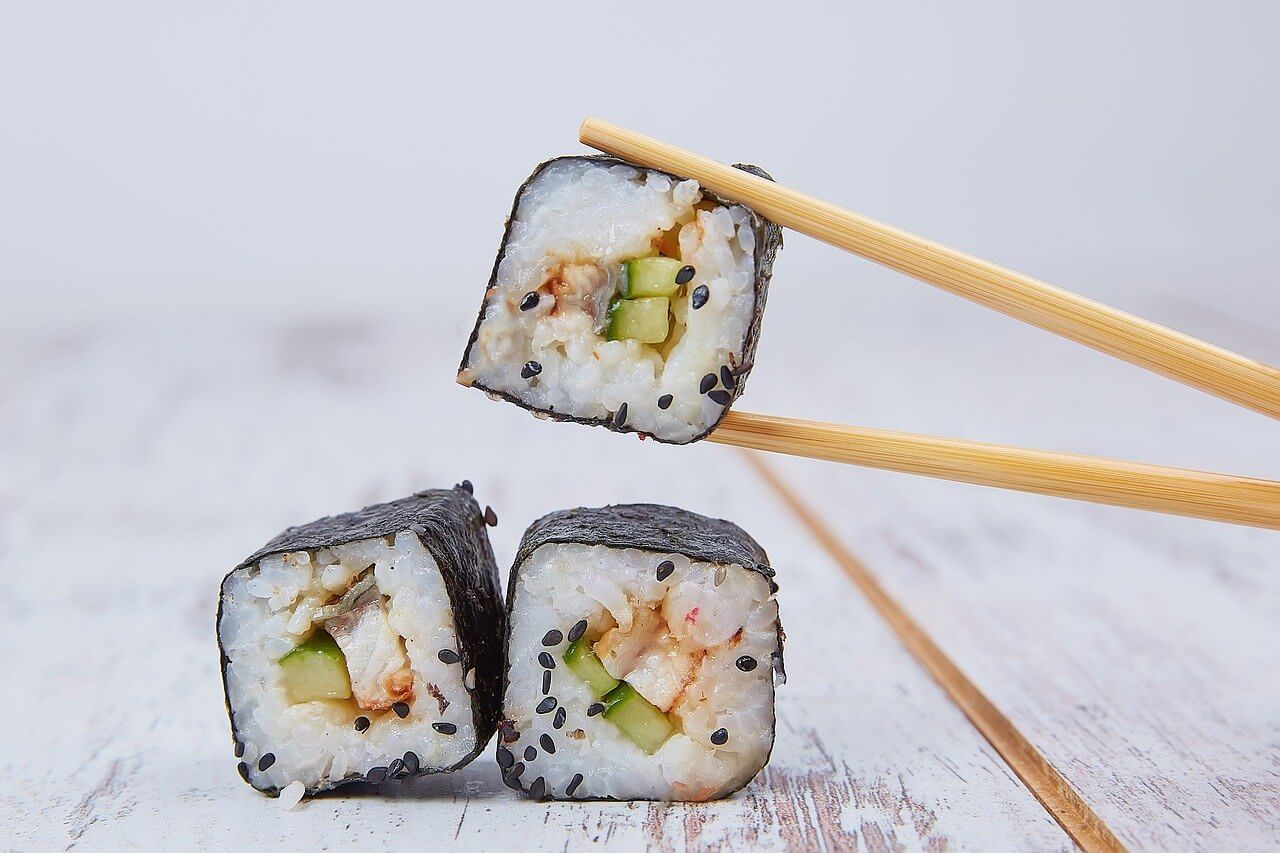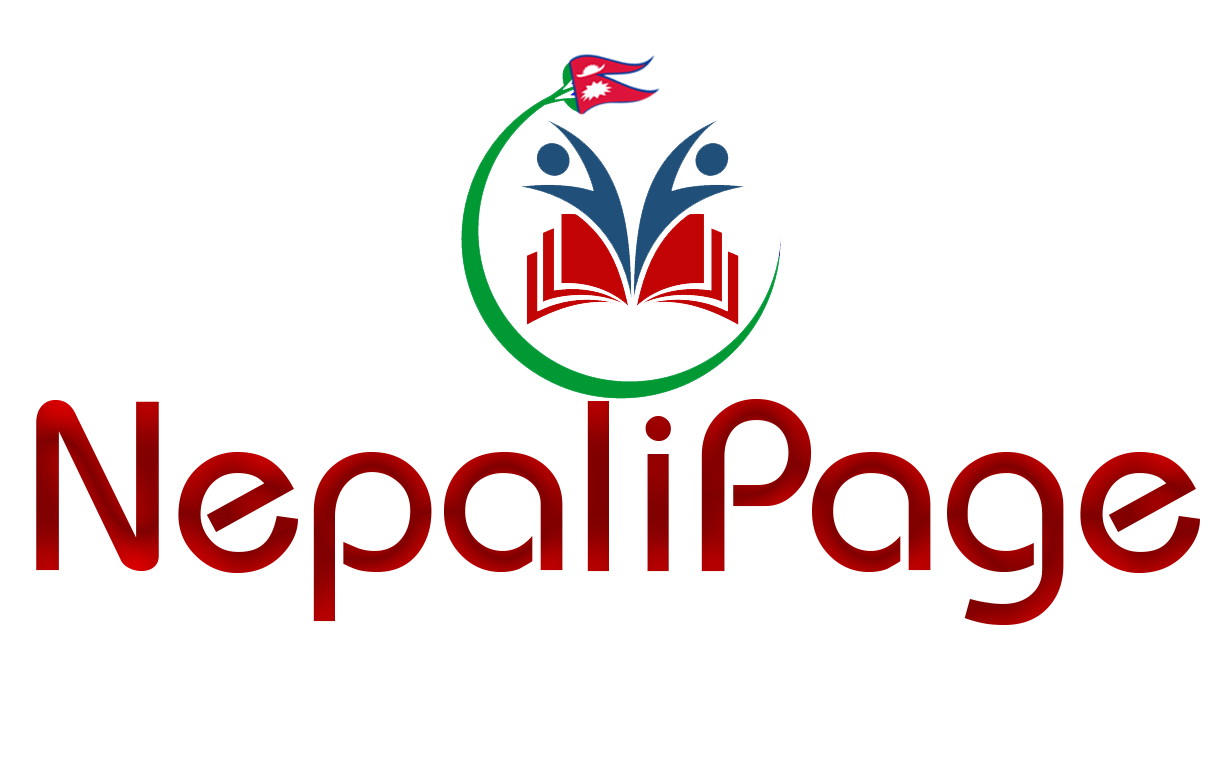Japanese foods has their speciality and identity all around the world. Some of the Japanese foods have their significance with the occasions such as New Year celebration. Here we know more on Japanese taste on the time.
Travellers from around the world visit Japan for the sake of experiencing authentic Japanese cuisine. Authentic Japanese food tastes quite different from its Japanese-inspired counterparts in many countries, despite the widespread popularity worldwide.
Apart from this, foreign fast-food chains are difficult to taste in Japan. Several popular restaurants, such as McDonald’s and Starbucks, offer Japanized menu options as far as presentation, taste, and dining experience are concerned.
The traditional cuisines of Japan, such as sushi, ramen, sukiyaki, tempura, and Japanese sweets, are a must-try during your visit. Many drinks are available in Japan, including flavoured soft drinks, tea, canned coffee, soy drinks, draft beer, sake, and whiskey.
The consumption of unique dishes marks seasonal events and holidays. In Japan, people eat these words to wish for their families’ happiness and health, using ingredients in season. Many appealing dishes are eaten at special events in Japan that are encouraged to be tried, even if you live abroad or stay in Japan.
Japanese Special Occasion Dishes: How Food and Events Interact together in the country!
There are numerous types of special events held in Japan throughout the year. For example, the people who celebrate Momo no Sekku (Girls’ Day) and Tango no Sekku (Boys’ Day) wish their children health. In addition, people want to for health and happiness on Setsubun (the last day of Winter) and for a bumper harvest of crops on Jugoya (a festival where people enjoy watching the autumn moon).
Traditionally, unique dishes are eaten that incorporate in-season ingredients and use ingredients that connect to the event at hand. Therefore, Japan’s food culture is enriched by the unique dishes eaten through the four seasons.
A long time ago, food was scarce, so eating feasts and gaining nutrition were important. A long time ago, special days, annual events, and ceremonial occasions were called Hare, and every day was called Ke.
As a result, food, clothing, and furniture have always been different for regular and memorable times. There was a distinction created from the everyday life of people on Hare days by taking a break, eating foods, and celebrating the event. People made a variation in lifestyle and emotions in this way.
Japanese foods and Major Events that can be celebrated by the Nepalese in Japan
With its many annual events and festivals, and its many special foods, Japan offers several festivals and celebrations each year. We examine the significance of some of Japan’s most prominent seasonal foods in this article.
Read Also: An ultimate guide for study in Japan from Nepal, Costs, Scholarships, Job and Income

Oshōgatsu (January 1st — 3rd, The New Year Day)
In Japan, during the New Year holiday of Oshogatsu (the New Year holiday), banquets are held with traditional foods called osechiry*.
Osechi is known for its bright colour variety. It is beautifully packaged in lacquered boxes known as jūbako. During the holiday season, when most shops are closed, and people are not supposed to cook, the foods in osechi are chosen to last.
Some foods have special meanings, such as health or prosperity. A typical sechi meal includes ozoni, a soup made of rice cakes and vegetables that varies significantly by region.
Alternatively, you can drink otoso, a particular sake spiced with medicinal herbs, bringing good health for the upcoming year.
Jiujitsu (The Festival of Herbs, celebrated on January 7)
A Japanese tradition requires the consumption of rice porridge with seven herbs on January 7 (known as Nanakusa-gayu in Japanese). It’s called Nanakusa no Sekku on that day.
The term sekku refers to when people hold a traditional annual event on an important day in their season. Rice is cooked with seven types of young herbs called Nanakusa herbs to make Nanakusa-gayu porridge with a simple taste.
Following Osechi Ryori and other feasts in a row during the Shogatsu period, this porridge provides your stomach with a rest. Vitamin C deficiency is expected in the Winter, supplied by this dish. Nanakusa-gayu is eaten to celebrate this day, and people gain energy from nature and wish for perfect health in the upcoming year.
Setsubun (February 2, the seasonal division)
As part of Setsubun, consumers scatter lucky beans (“fukumame”) throughout their homes to commemorate the end of Winter. People wearing devil masks will throw roast soybeans at people shouting “Oni wa soto!” as they throw roasted soybeans. Fuku wa uchi!” is dedicated to bringing personal good luck.
Therefore, people also eat one bean for each year of their life. It is also traditionally eaten with a unique rolled sushi known as Eho-maki.
Generally, an Eho-maki roll consists of seven ingredients (the ingredients do not matter, the lucky number matters). It should be consumed entirely silently while facing in the appropriate direction. Based on traditional astrology, the unexpected changes annually, but in 2021 it will be east-southeast.
Founded in western Kansai, the Eho-Maki tradition is now widespread in Japan and available in supermarkets and convenience stores.
Momo-no-Sekku (March 3, Girls Day)
When the festival is held, peach trees bloom, which marks the spring season in Nepal. People wish for healthy growth for girls during this event. On this day, people eat colourful dishes like Chirashi-zushi–white rice mixed with vinegar and various ingredients–or soup with clams, representing the close relationship between a husband and wife. Hina-arare (colourful rice pellets coated in sugar) are placed next to Hina dolls to wish their children happy and healthy development.
Kodomo-no-Hi (May 5, Children’s day)
Kodomo-no-Hi (Children’s Day) celebrates the love for children and the desire to have strong and healthy children. Children eat kashiwa mochi, rice cakes stuffed with sweet bean paste and wrapped in oak leaves to represent strength. Koinobori carp streamers are flown on this day. This day is also celebrated by eating sweet chimaki dumplings wrapped in bamboo leaves made of glutinous rice.
Doyō-no-Ushi-no-Hi (July/August, the OX day)
Traditionally, the Day of the Ox occurs on a different day every summer, but it falls on the hottest day of the year. During this day, you’re supposed to eat unagi (eel) as a way of surviving the midsummer heat.
Various preparation methods are used for these eels in both Japan’s east and west. As a pot roast, eels are prepared by removing the head in East Japan.
With this preparation method, the fat is removed from the meat, and the skin is soft. Some people in the west of Japan leave the head on while roasting the meat. A lump of smooth, supple meat is obtained from this method, while a crunchy, scaly skin is obtained.
Read Also: Holidays and long weekends in Japan for 2022, Nepalese in Japan need to know

Chūshū-no-Meigetsu (September, the Autumn Moon Festival)
Susuki (pampass grass) is traditionally used to decorate windows and balconies during moon-viewing parties. These sweet round rice dumplings are called tsukimi dango (“moon-viewing dumplings”) and are eaten at moon-viewing parties. The harvest moon is called Chsh-no-Meigetsu.
Ōmisoka (December 31, the New Year Eve celebration)
In Japan, toshikoshi soba (“year-crossing noodles”) is served on misoka, New Year’s eve. Since long noodles are soft and easy to chew, they represent long life and break up any bad luck from the previous year.
In Japan, special occasions are marked by dishes made from ingredients in season, and the dishes represent many different wishes.
If you are new bee in Japan and you have no idea about how to make any of these in any of the event, why not coordinate with your local Japanese friend or visit restaurants to at-least get the taste of the Japanese meal! Share us your valuable feedbacks on the comment section below!











